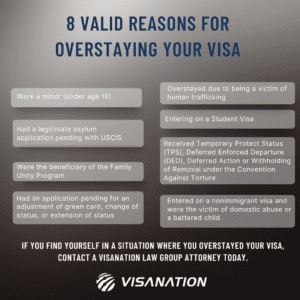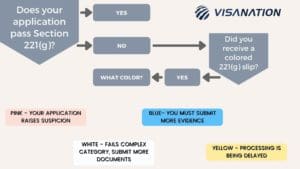Worksite Ambiguity in the Rise of Work from Home
As part of our efforts to amplify the AILA Law Journal, Bill Stock shared some insights from his recent article published in the May 2023 edition of the AILA Law Journal, “Getting “Worksite” Right for Home Office-Based H-1B and LCA Compliance; Solving the Problem of the Employee-Initiated Transfer of Location.” Read on for some key insights and then read the entire piece, and all the other articles, in this edition.
With the sharp increase in work-from-home arrangements, employers are facing a myriad of challenges when it comes to navigating complex and outdated immigration regulations while managing their sponsored employee workforce. The lack of specific guidance from the Department of Labor (DOL) and U.S. Citizenship and Immigration Services (USCIS) has left program participants without a clear path forward when dealing with remote and hybrid employees who are also foreign nationals. Employers and immigration attorneys find themselves sifting through antiquated Labor Condition Application (LCA) regulations introduced in 1990, a time when the internet was still in its infancy and AOL was the browser of choice. They are also relying on piecemeal information from Administrative Appeals Office (AAO) decisions to devise strategies that apply to today’s nomadic workforce.
In my recent article, published in the latest edition of the AILA Law Journal, I delved into the scant guidance issued by the main federal agencies overseeing employers and their sponsored workforce. The definition of what constitutes a “worksite” has long been outdated, but it has become even more glaringly apparent since the implementation of widespread work-from-home mandates in early 2020. Most of the existing guidance or definitions pertaining to a “worksite” revolve around physical locations provided by the employer, failing to account for the increasingly prevalent work-from-home arrangements initiated by the employees themselves.
Upon analyzing the various approaches taken by related federal agencies in comparable situations, I argue that a functional solution can be modeled after the DOL’s approach to defining and regulating remote worksites in contexts outside of immigration. However, implementing this solution is not without its challenges, as it would require navigating considerable red tape to change regulatory language. One potential avenue for bringing USCIS and DOL into the modern world, while bypassing the notice-and-comment period that a regulation change would entail, is to update the Employment and Training Administration guidance.
It is crucial to acknowledge that an employee’s personal residence really should not be considered a worksite, and certainly should not be listed on public filings or searchable databases, as is happening with some current solutions. Recognizing the realities of remote work and acknowledging that employees may perform their duties from the comfort of their own homes is an important step towards updating immigration regulations to align with the changing nature of work.
The rise in work-from-home arrangements has exposed the shortcomings of existing immigration regulations and the lack of specific guidance from federal agencies. By adopting a more modern and flexible approach, employers and immigration attorneys can navigate these complexities more effectively. It is imperative that regulatory language be updated to reflect the realities of the modern workforce, ensuring that employers are not compromising their employees’ privacy and safety in public filings to adhere to archaic regulations.






